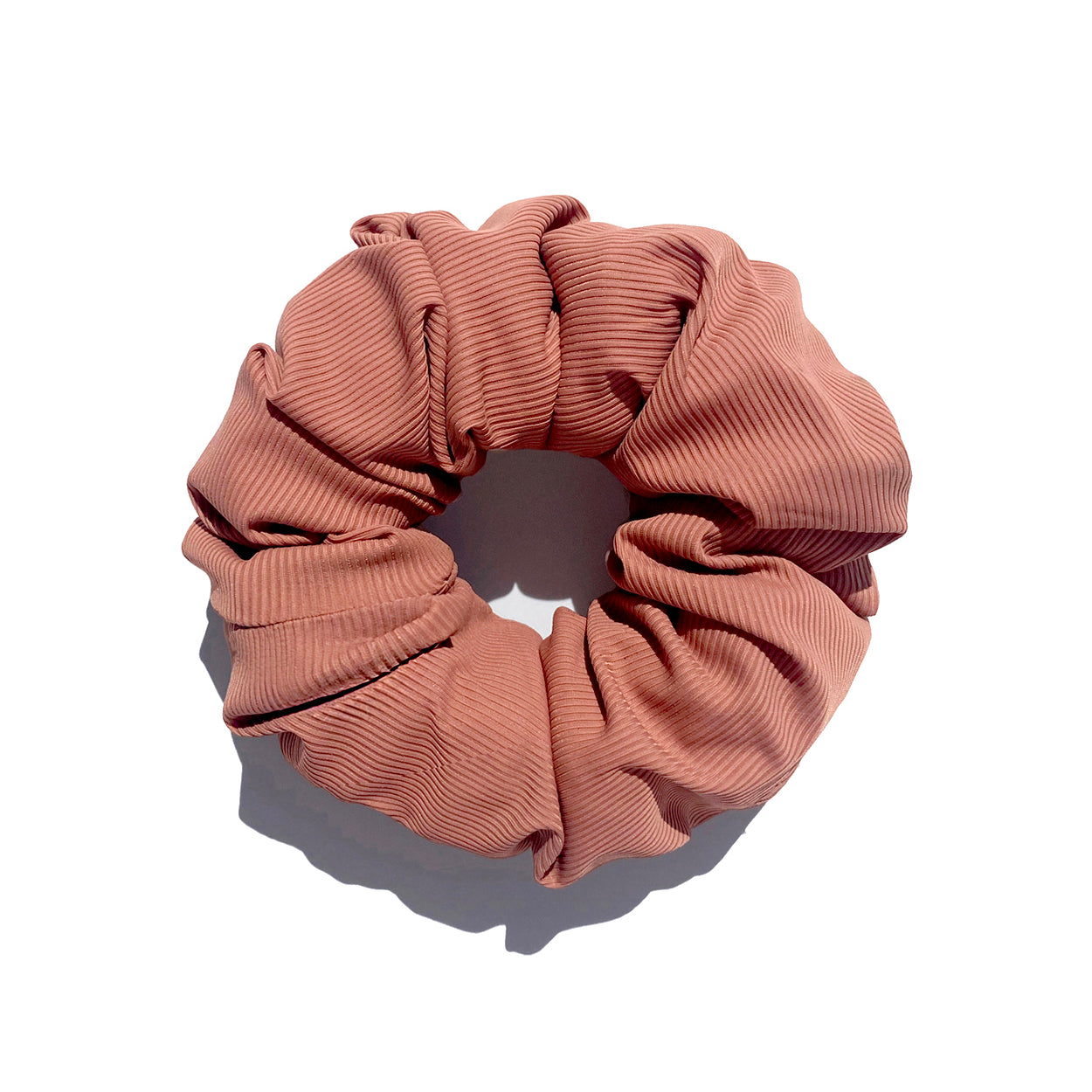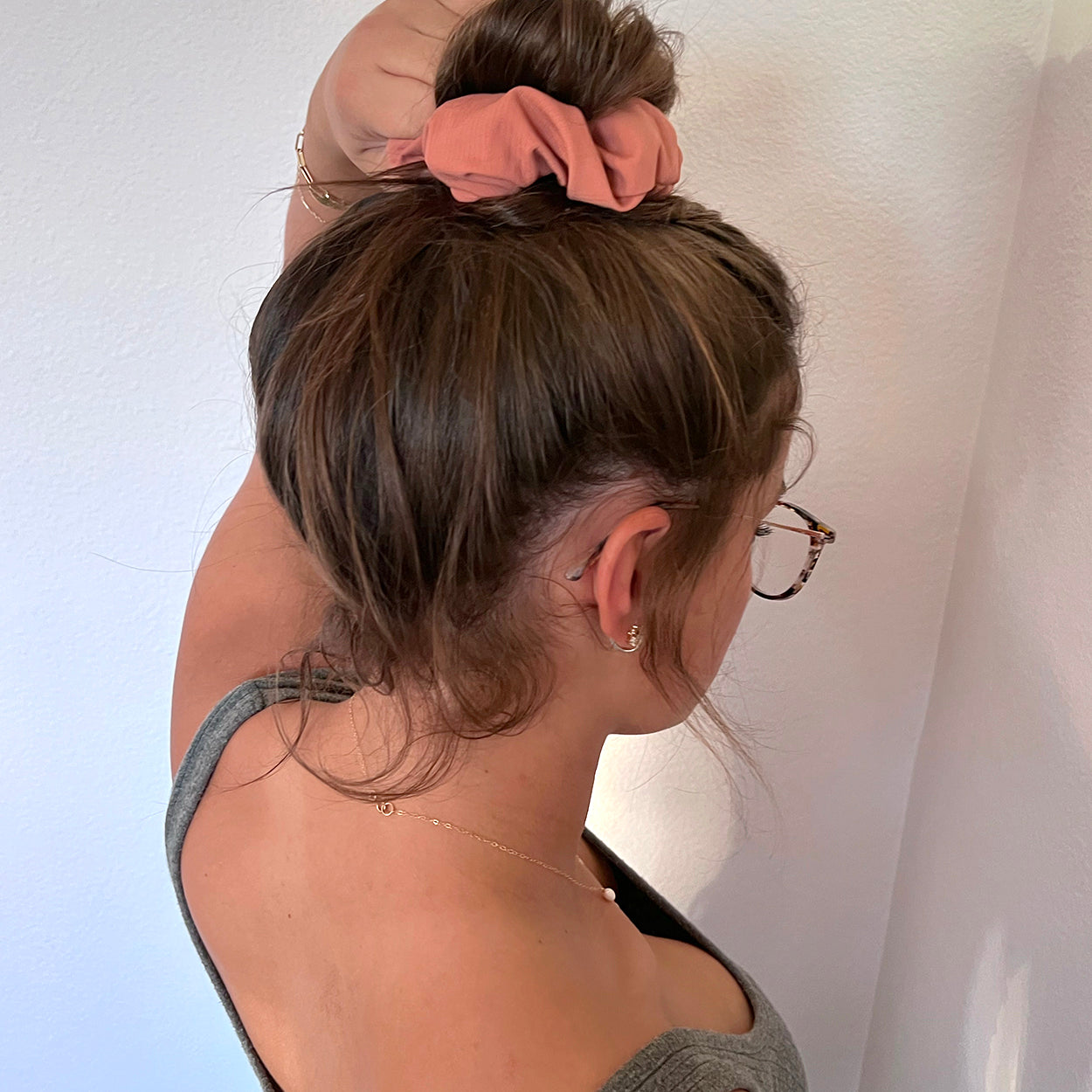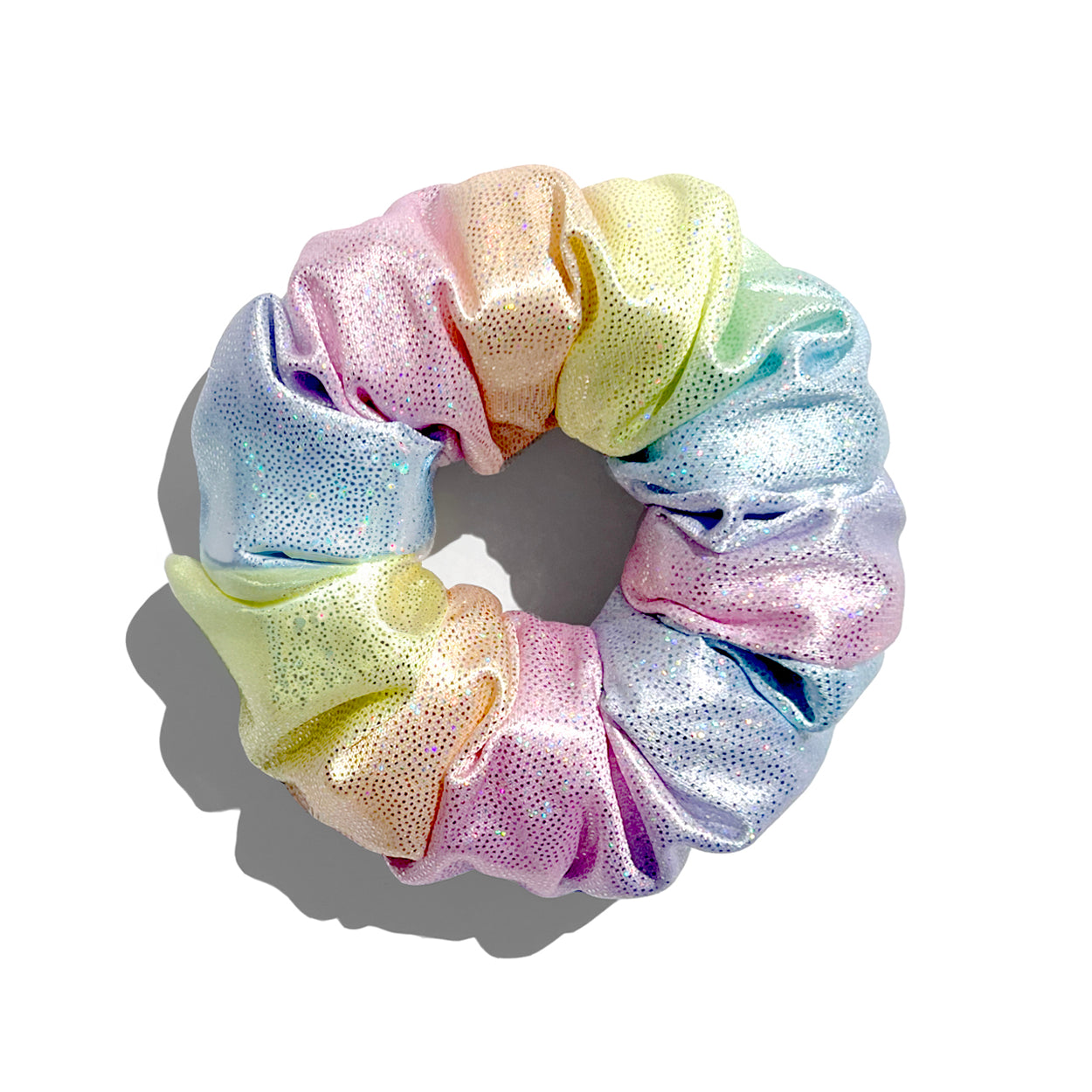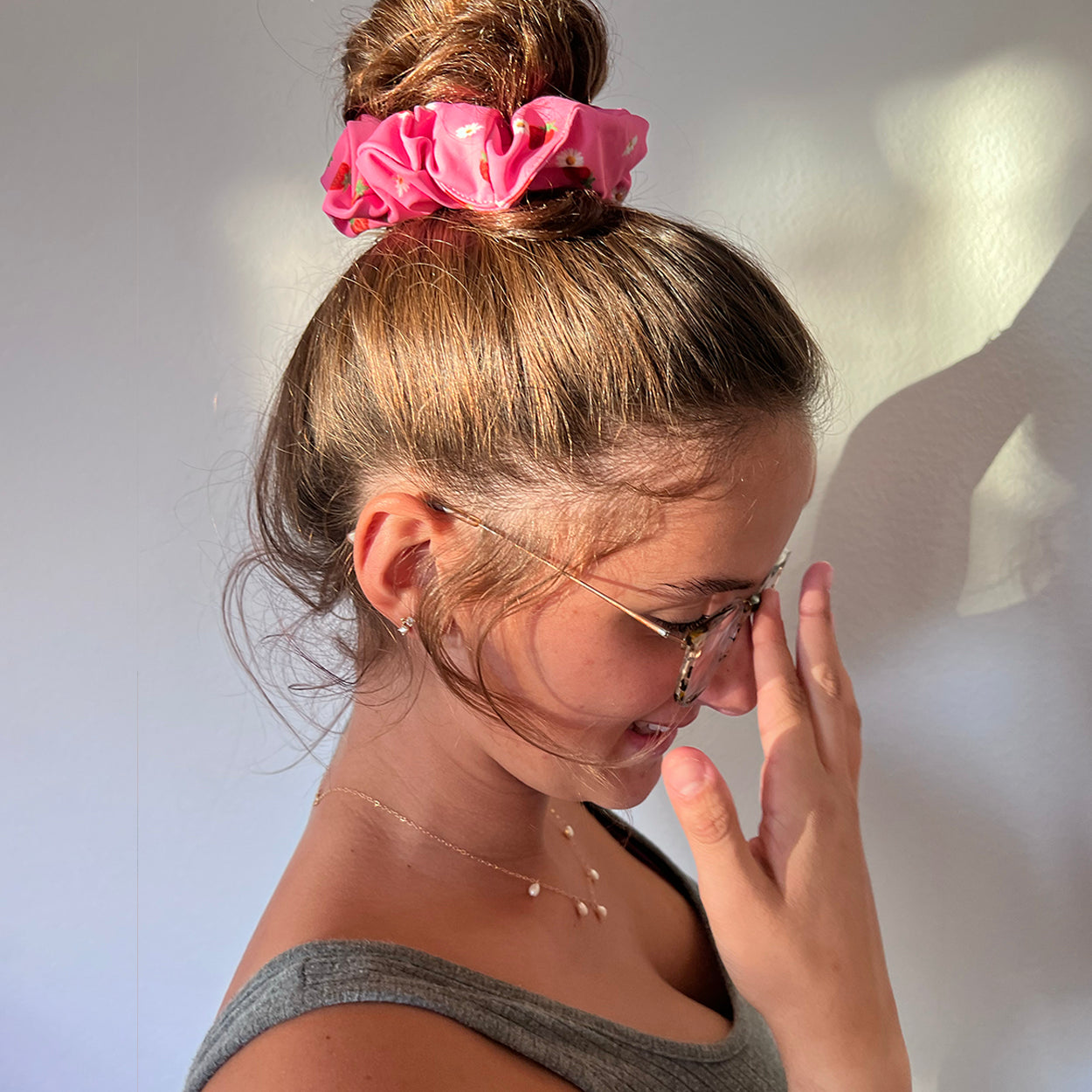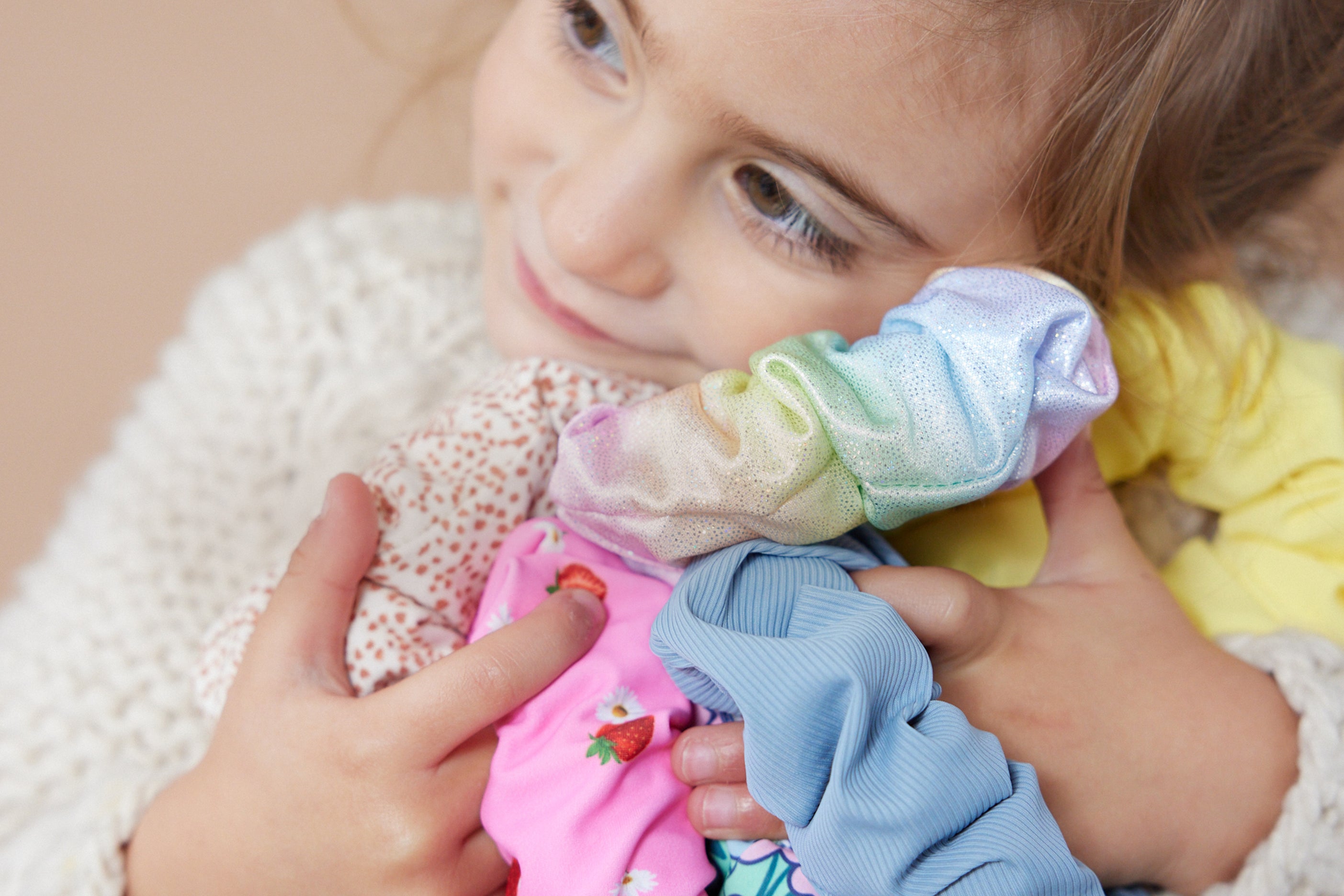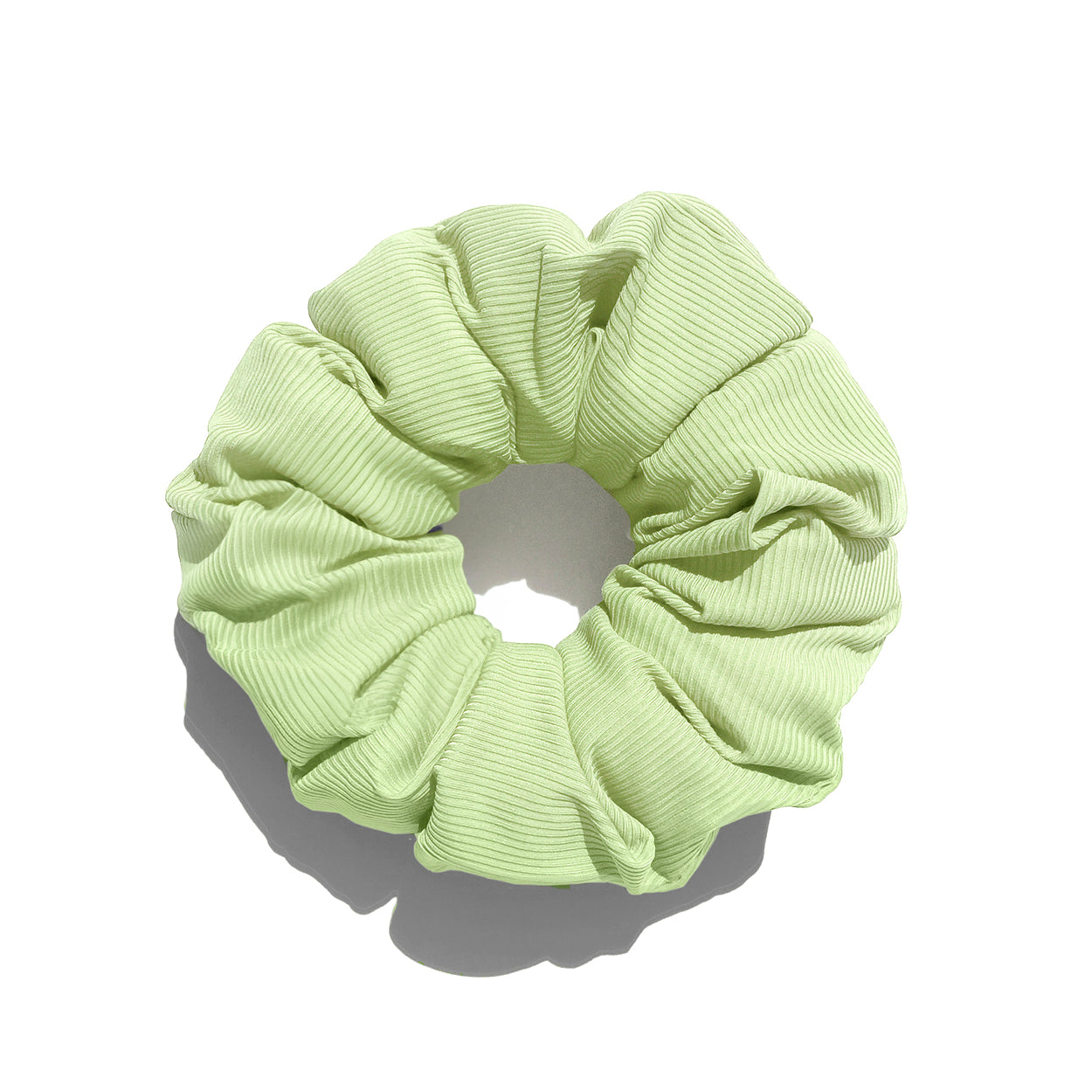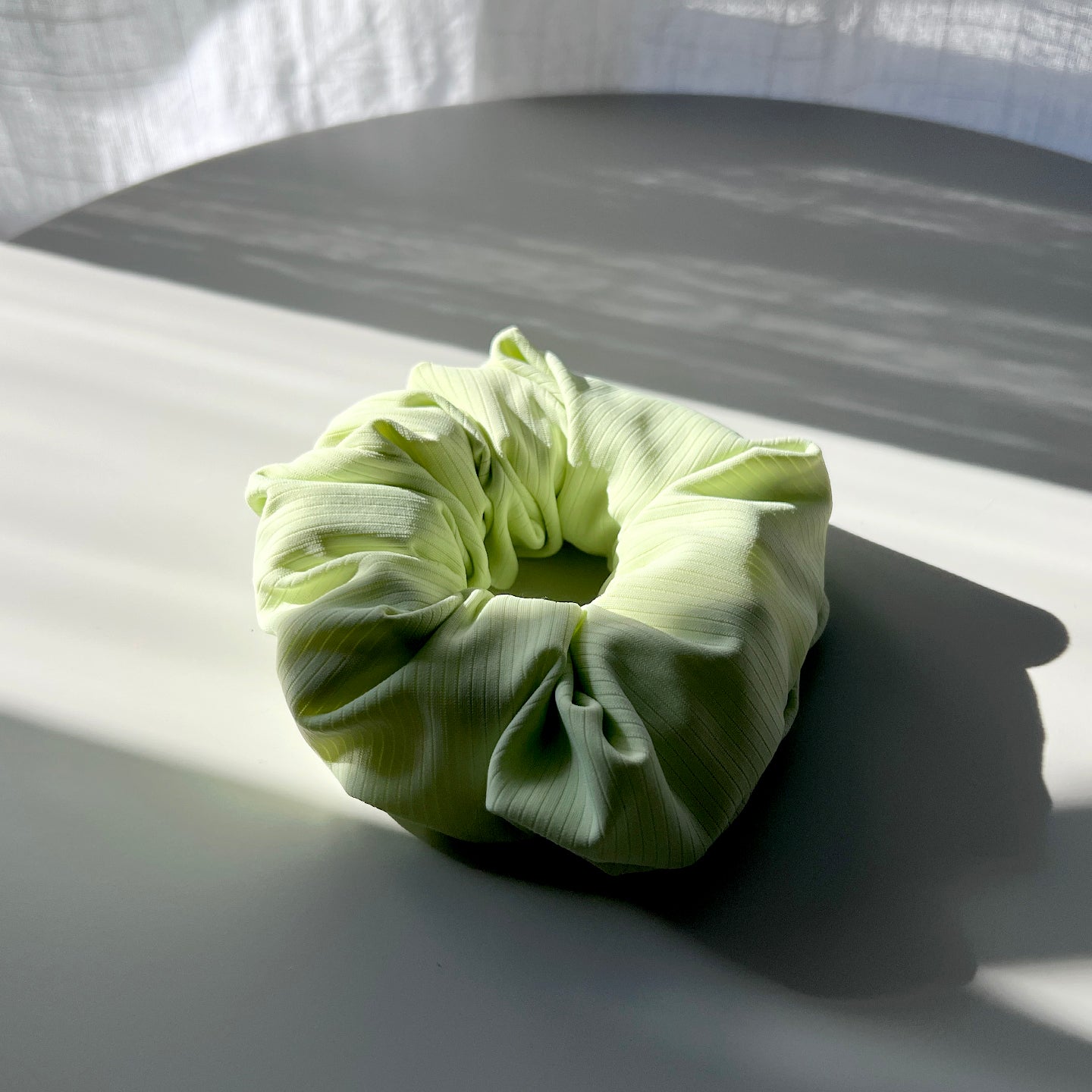For those of us who have been diagnosed with ADHD, there’s no shortage of well-meaning advice, assessments, and treatments. The flood of info can get exhausting, especially when all you—or your child—want is a little peace and quiet.
There’s a misguided tendency to pathologize ADHD, presenting it as a “problem” that needs to be “fixed.” This gets old, fast. Also, it’s unhelpful and inaccurate, especially when research indicates that many of the so-called “deficits” of ADHD have an extraordinary flipside: they’re real, honest-to-goodness superpowers.
We’re talking astonishing levels of creativity, a spirit of curiosity and passion that is infectious and uplifting, and the kind of charisma that sets hearts on fire. Entrepreneurs like Richard Branson, creative stars like Justin Bieber, and athletic champions like Simone Biles are all shining examples of famous folks who have been diagnosed with ADHD and have led remarkable lives that inspire and encourage.
So, how can people with ADHD harness all that inner potential to be the best version of themselves? Aside from the usual dedication that success requires—practice, effort, and time—a little meditation goes a long way. Mindfulness meditation for ADHD can be an effective and empowering self-care technique. Let’s learn how to chill and say ommm together.
First Things First: Is Mindfulness Meditation for ADHD Beneficial?
Short answer: yes.
Here’s why. Having ADHD can be a little bit like someone constantly switching the channels on the TV when you’re trying to watch your favorite program: distracting and noisy. That can make it really challenging to focus on any particular task, which is why so many people with ADHD struggle with staying organized and on track, as well as remembering instructions, improving sensory self-regulation, and paying attention.
To get a grip on all of that input and stay grounded, mindfulness meditation can help. Not only will regular practice improve your ability to focus, but it can also assist you in self-regulation and self-soothing if you begin to feel overwhelmed.
How Practicing Mindfulness Can Help
Both executive function and sensory and emotional self-regulation are behavioral skills that anyone can benefit from. They have to be learned, of course—nobody is simply born with the magical power to maintain emotional equanimity, particularly under stress.
Thankfully, executive function and self-regulation can be developed and strengthened over time. As a handy tool, mindfulness meditation for ADHD and neurodivergence targets precisely those behavioral skills, which can be especially beneficial for children. After all, sitting through long classes, airline flights, and car rides, or concentrating long enough to complete homework assignments and other activities takes a lot of focus.
When you carve out just 10 minutes a day to slow down and focus on your breathing, as well as other mindfulness techniques (like yoga), you’ll be better able to maintain that focus while staying chill and more effectively regulating your emotions. What’s not to love?
So, how can you get children to meditate? Not only has research shown that mindfulness is enormously helpful for kids with ADHD, but inspiring them to practice is easier than you think. Give these ideas a spin:
- Nature walk. Grab your kids and go for a walk outdoors, encouraging them to notice small, beautiful things that engage their senses: calls of birds, the light on leaves, and the fragrance of plants and flowers.
- Animal games. Very young children can practice their chill by engaging familiar and playful sounds and movements. Get creative with it: how does a kitten say good morning? How does a giraffe chew? How do birds wave goodbye?
- Shake it off. Kids and teens might enjoy popping on some fun music and dancing around the living room. Whether it’s hip-hop or some old school line dancing, show them a few moves so they have something to focus all that extra energy on.
5 Tips for Mindfulness Meditation for ADHD
Of course, having an ADHD diagnosis is likely to make mindfulness challenging—that’s also exactly why it’s so beneficial. When practicing for the first time, keep the following in mind:
Sessions Short are Best
While achieving the Dalai Lama's peace of mind sounds dreamy, it isn’t practical. Here’s the thing: you don’t need to sit on a cushion for an hour to get mindfulness benefits. It’s perfectly fine to start small. Even 5-10 minutes can make a major difference in increasing a sense of calm and self-control. Besides, a few minutes of focused breathing actually has more impact than one super-long session.
Find a Comfortable Position
Even though the lotus position is admirable, there’s no need to imitate the yogis if you don’t find sitting on the floor with crossed legs comfortable. Some people meditate standing up. Others lie down, walk around the block, or curl into a corner of the sofa. Whatever feels easiest and most relaxing for you. Just remember to wear comfy clothes and find a quiet spot.
Choose a Focus Point
The easiest way to ease into mindfulness is paying attention to your breathing: the cool inhale, the slightly warmer exhale. For those of us with ADHD who prefer more sensory input, breathing is simply not interesting or stimulating enough. In that case, find a guided meditation online or choose a physical sensation to focus on. Beginning with your toes, scan your body for signs of tension or discomfort. Relax each muscle until you reach your face.
Body scans boost proprioception, which helps you reconnect with your body. It sounds odd, but even taking a moment to relax your jaw makes a noticeable difference in tension levels. Try it and see!
Be Kind to Yourself
People with ADHD can be harsh to themselves, dwelling on being “weird” or “not fitting in.” You don’t need our permission to give yourself grace—you have it by virtue of simply being you. One of the most profound insights of meditation practice is that thoughts aren’t reality. Thoughts come. Thoughts go. They don’t define you. The more you practice mindfulness, the easier it will be to watch thoughts bubble up and fade gently without leaving a trace—unless you want them to, of course!
Use Calming Tools
Sensory tools can provide a supporting role in meditation for ADHD. For example, a discrete Smush scrunchie is made with soothing fabrics and a squishable interior designed to provide hands-on sensory companionship. Whether it’s holding your hair firmly in place or holding it in your hands, Smush scrunchies work like a subtle meditation aid similar to meditation beads, or mala beads.
If you haven’t tried meditating while holding an object in your hand, consider giving it a go. For some people, especially folks with ADHD, it’s easier to meditate when they have something tangible to focus on since it provides visual or tactile stimulation. Here are a few additional alternatives:
- Small, smooth stones or crystals (even looking for a special stone can be a meditative activity!)
- A battery-operated candle (all the calming vibes of a real candle, none of the mess!)
- A stuffed toy or cozy pillow
As you settle in to meditate, allow your mind to drift to the object in your hand. Explore it with your fingers or your eyes, examining its texture, color, and shape. Every time your mind trots off in a different direction, gently bring it back to the object. It’s a little awkward at first, but the more you practice, the calmer you’ll feel!


